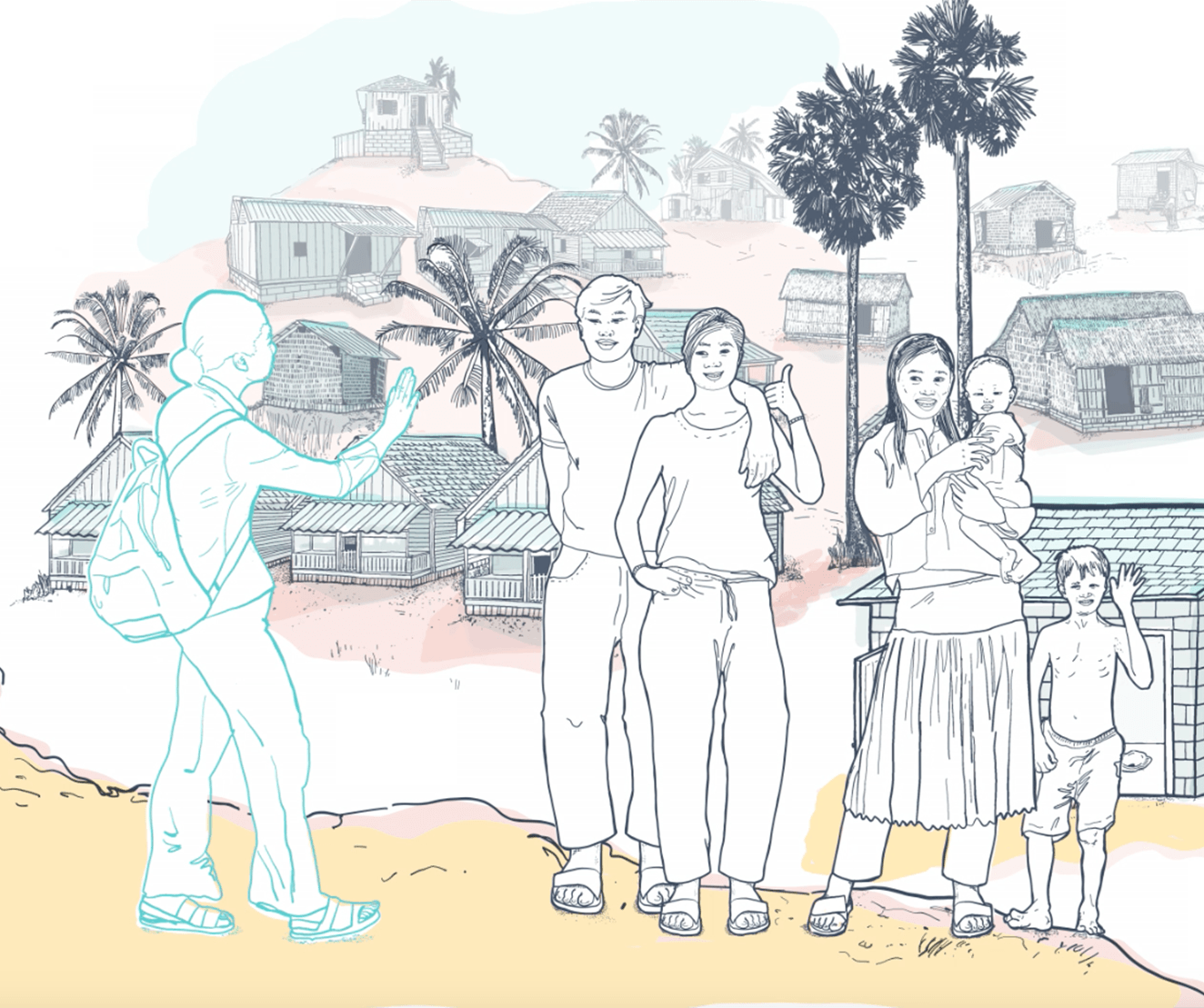This article discusses findings from research designed to encourage practitioners and community members to explore the extent and effects of child and youth involvement in the community level changes crucial for the success of Community-Led Total Sanitation (CLTS). The main argument is that triggering equips children and youth with the desire and ability to contribute to these changes, but practical constraints, as well as cultural and social factors, shape the nature of each individual child’s ability to do so. There are indications that youth and child involvement in CLTS may, in some circumstances, contribute to shifting relationships between adults and young people, providing a pathway to child and youth empowerment. But findings indicate challenging power relations is never without risk of harm. The author concludes on a cautionary note, posing questions requiring further consideration by practitioners interested in the potential of CLTS to effect more meaningful youth and child participation in community development and governance.
CLTS in East Africa: A Pathway to Child and Youth Empowerment?
November 2010



Additional details
| Publisher | Participatory Learning and Action |
| Region | Eastern Africa |
| Themes | Behaviour change, Children, Leave no one behind |
| Language | English |

Learn more about SLH Research
We use a range of research approaches, which aim to draw attention to urgent knowledge gaps, blind spots and emerging questions, often at a critical point in time, to support policy-makers, practitioners and partners in navigating and responding swiftly.


